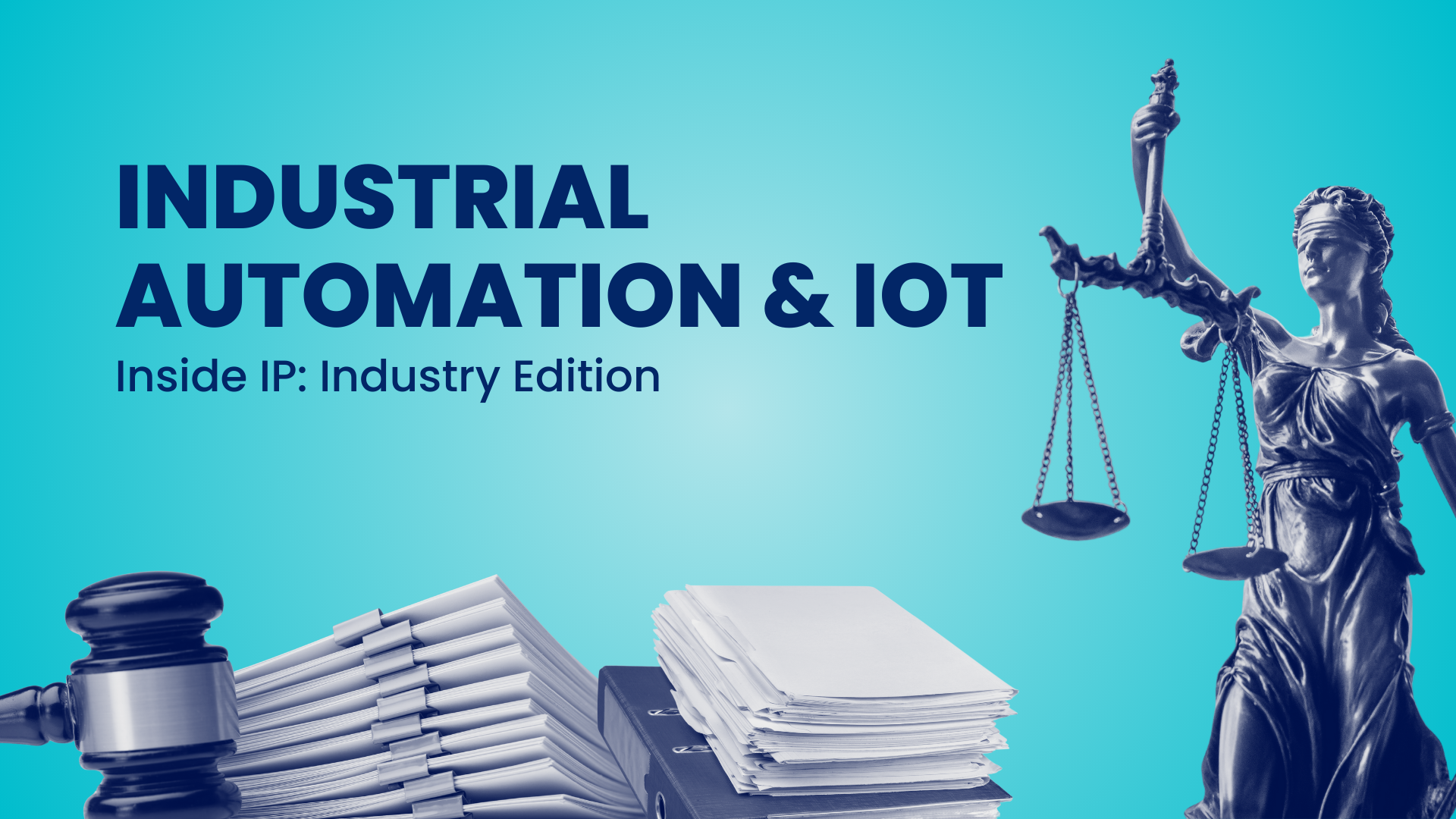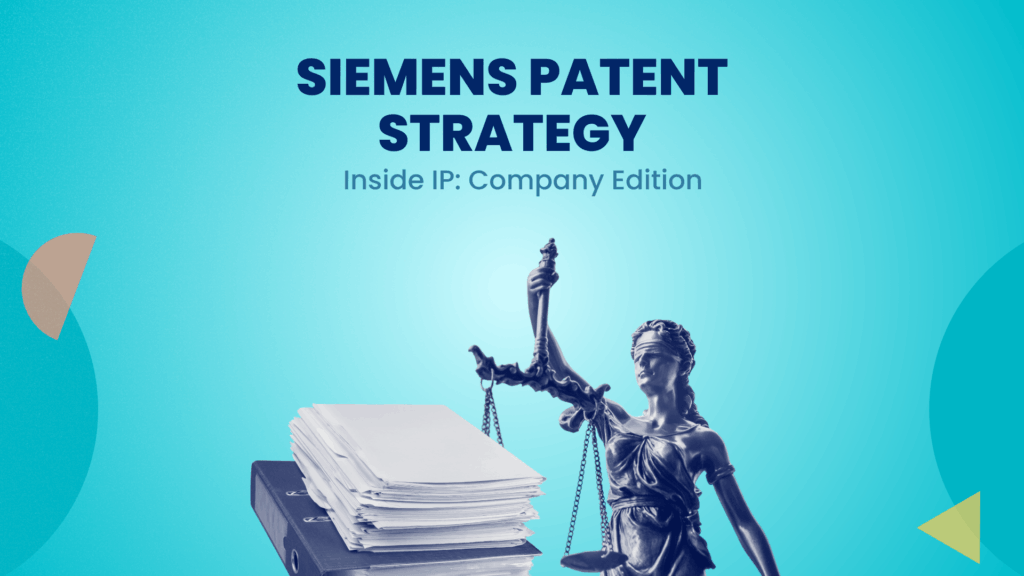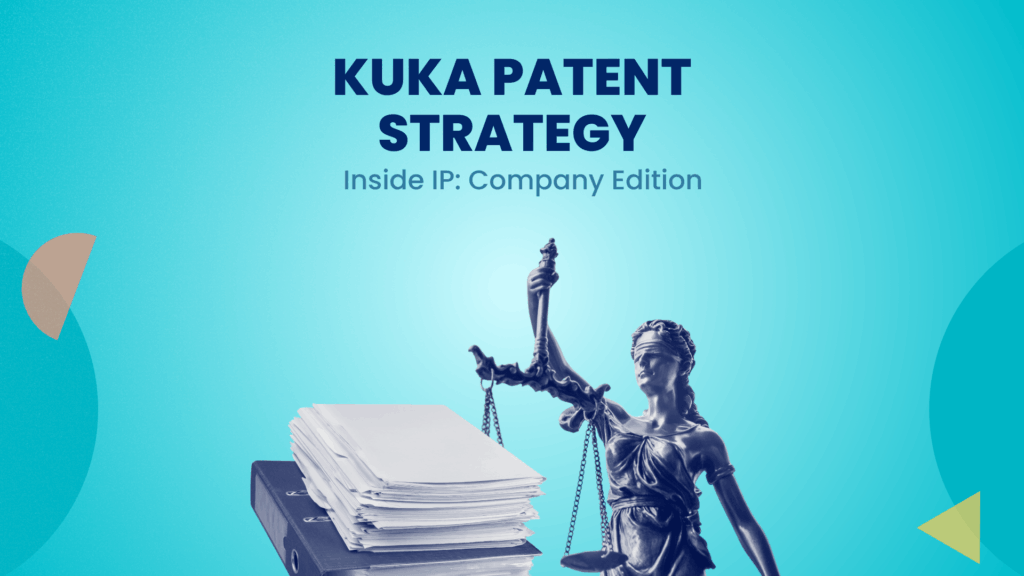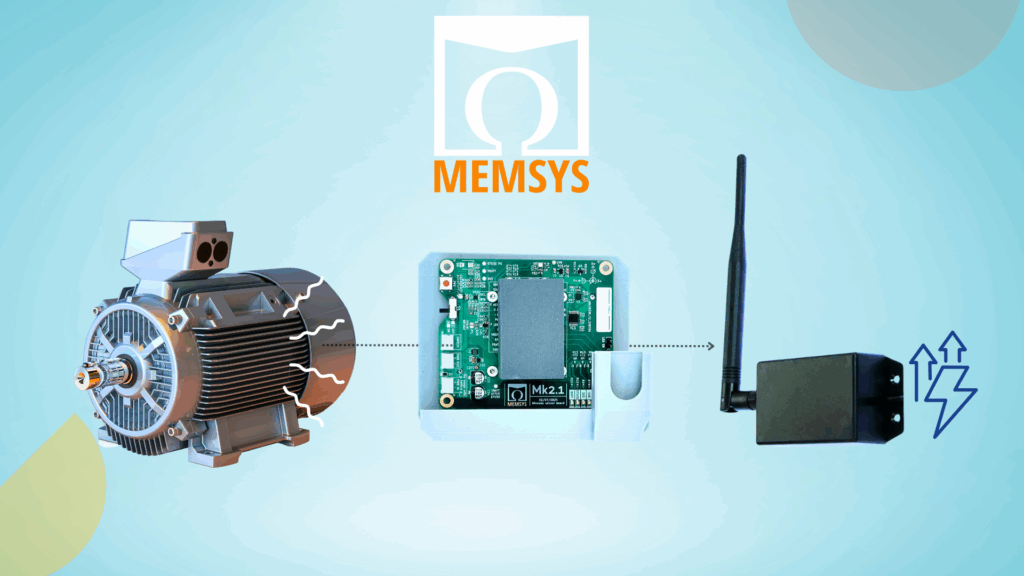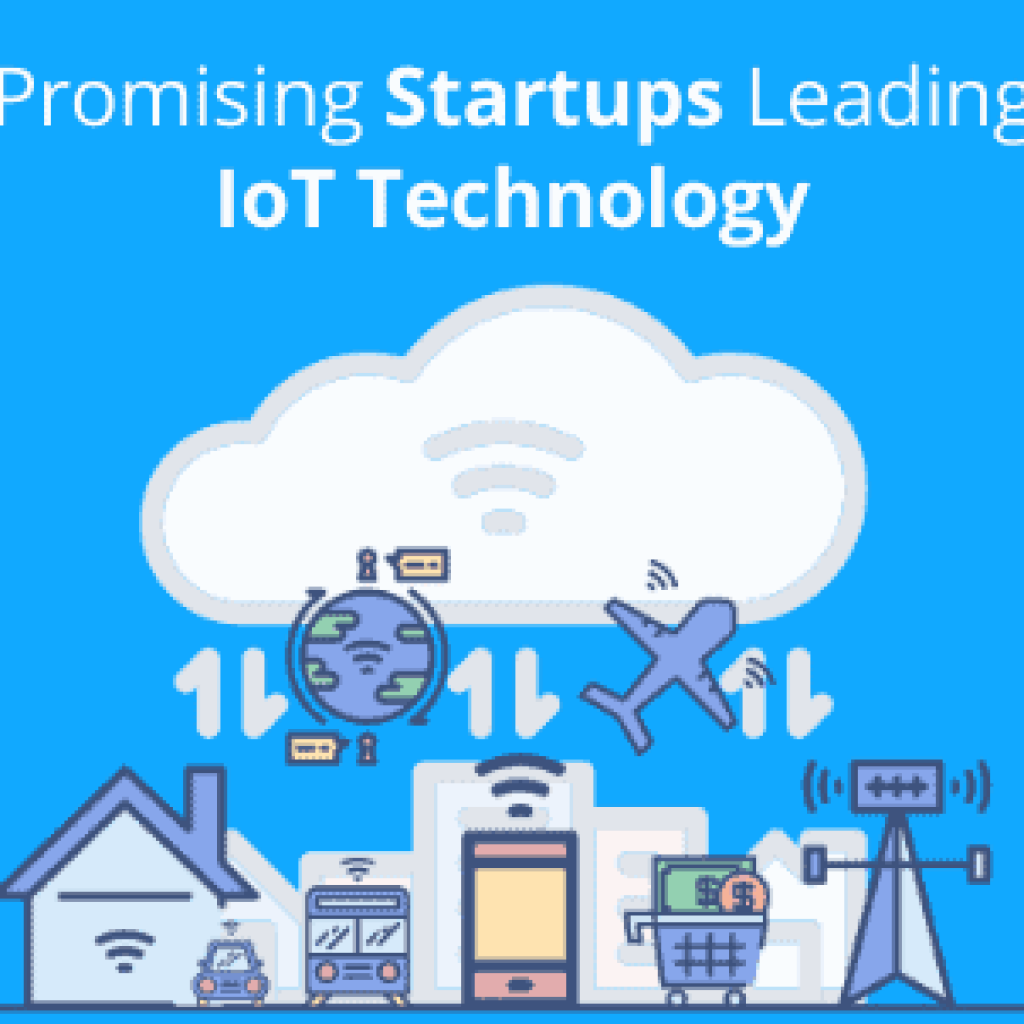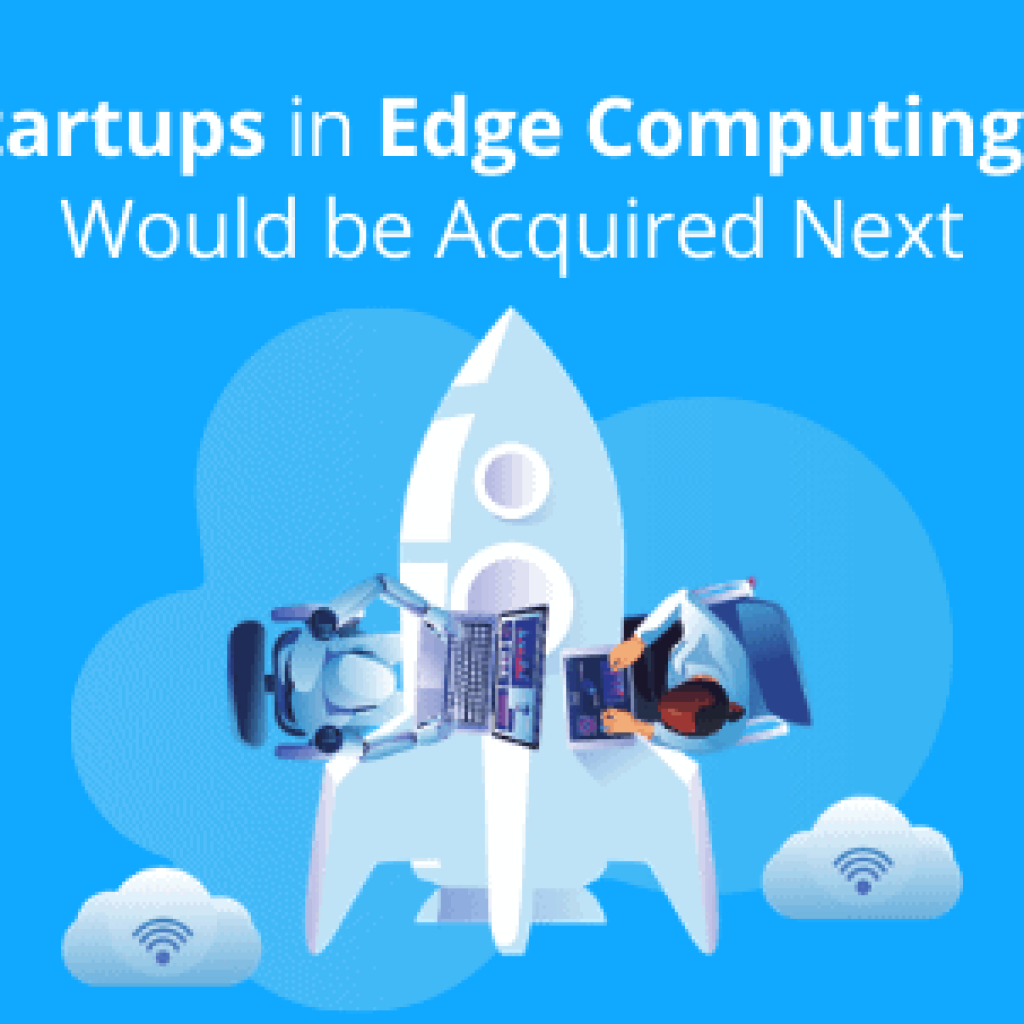The industrial automation and Internet of Things (IoT) landscape is undergoing a profound transformation, reshaping industries from manufacturing to smart cities. Far from being a niche sector, industrial automation is the backbone of modern efficiency, seamlessly connecting devices, optimizing processes, and delivering unprecedented insights. As this domain continues its rapid evolution, the intellectual property (IP) landscape becomes a strategic battlefield, where innovation, patenting activities, and legal acumen dictate market leadership. A deep dive into the patenting trends, litigation patterns, and collaborative dynamics within this space offers invaluable foresight into the industry’s future trajectory.
Innovation and Patent Filing Trends in Industrial Automation & IoT
The Industrial Automation and IoT domain stands as a testament to relentless innovation, with patenting activity reflecting a dynamic ecosystem of technological advancement.
Global Innovation Footprint
Innovation in the automation sector is a truly global endeavor. Over the past five years, a significant portion of groundbreaking inventions has originated from inventors in the United States, solidifying its position as a central hub for intellectual talent. Beyond the U.S., other key contributors to the global patent landscape include:
- Japan
- Germany
- China
- Korea
This geographic distribution underscores a highly competitive yet collaborative global environment, encouraging companies to establish research and development centers in these regions to tap into diverse pools of expertise.
Evolution of IoT Patent Activity (2017-2023)
The IoT domain experienced notable growth and shifts in patent activity over recent years. While 2021 marked a peak in application filings, the period also saw fluctuations in grant rates and issued patents, reflecting a dynamic and competitive environment.
| Year | Patent Applications | Percentage Granted | Issued Patents |
|---|---|---|---|
| 2017 | – | – | – |
| 2018 | – | – | – |
| 2019 | – | 61.77% | – |
| 2020 | – | – | 12,874 |
| 2021 | 22,242 | – | – |
| 2022 | – | – | – |
| 2023 | – | – | – |
Note: The highest percentage of granted patents occurred in 2019, indicating a period of high-quality applications. 2020 saw the most issued patents, signifying a peak in the realization of technological advancements.
Key Technological Concepts in IoT
The core of IoT innovation is defined by frequently repeated terms and concepts within patent documents, highlighting the essential building blocks of this technology. These key concepts include:
- Thing Device: Appearing more than 150 times, emphasizing the foundational hardware in interconnected systems.
- Industrial Internet: Mentioned over 130 times, pointing to the critical integration of IoT in industrial processes.
- Intelligent Service: Used more than 70 times, highlighting the focus on smart, automated functionalities.
- Time Monitoring: Cited over 70 times, indicating the importance of real-time data and system oversight.
- Sensor Datum: Referenced nearly 60 times, underscoring the role of data acquisition from sensors.
Major Classifications Driving IoT Growth
The breadth and depth of IoT technology are evident in its diverse patent classifications, showcasing its wide-ranging applications.
| Classification | Focus Area | Patent Count | Percentage of Total |
|---|---|---|---|
| H04L29 | Foundational IoT Infrastructure, Communication & Data Exchange | Ranging from 42,693-70,025 | 18.13% |
| H04L12 | Data Switching Networks, Seamless Connectivity | 14.82% | |
| G06F17 | Data Management & Processing for IoT Applications | 12.85% | |
| G06Q50 | IoT in Specific Business Sectors (e.g., Utilities, Tourism) | 11.82% | |
| G06Q30 | IoT-driven Commerce (e.g., Smart Retail, Supply Chain) | 11.05% |
These classifications collectively highlight the industry’s commitment to building robust communication networks, efficient data processing systems, and tailored applications across various business sectors.
Strategic Insights into Patent Examination
Understanding patent office dynamics can be a strategic advantage. Within Computer Networks (Tech Center 2400, Group 2440-2450), which often overlaps with industrial automation and IoT, certain Art Units demonstrate higher success rates for patent applications. For instance, Art Units 2441 and 2457 exhibit strong approval trends with acceptance rates of 85%. Conversely, Art Unit 2449, with a 71% acceptance rate, suggests areas where applications may require more refinement or where similar technological advancements are being pursued by various entities. Companies can strategically leverage these insights to optimize their filing approaches and improve the likelihood of patent grant.
Foundational and Influential Industrial Automation & IoT Patents
Analyzing patents with the highest forward citations offers a glimpse into the innovations that have significantly influenced subsequent inventions, laying the groundwork for widespread advancements.
Top Forward-Cited IoT Patents (Last Decade)
These influential patents represent core advancements within their respective organizations and the broader IoT domain.
| Patent Number | Current Assignee | Cited By Count |
|---|---|---|
| US10817530B2 | C3 AI INC | Ranging from 262-1,506 |
| US9094407B1 | CITRIX SYST INC | |
| CN109447048A | SUZHOU SHANCHI CNC SYST INTEGRATION CO LTD | |
| US9849364B2 | TRAN BAO | |
| US10284604B2 | ONETRUST LLC |
These highly cited patents highlight foundational technologies that continue to inspire and enable innovation across various IoT applications.
Global Patent Strategies in Industrial Automation
Leading industrial automation companies are implementing sophisticated global patent strategies to protect their cutting-edge innovations and expand their market reach across key economic regions.
- United States: As a primary hub for advanced manufacturing and technological research, the U.S. remains a top priority for patent filings. Companies like Siemens (with over 64,000 U.S. patents), ABB (over 9,400), and Rockwell Automation (over 5,500) strategically leverage the robust U.S. intellectual property framework.
- Europe: A vital innovation ecosystem, Europe serves as a crucial platform for multinational filings through the European Patent Office (EPO). Siemens leads with over 92,000 European patents, followed by Mitsubishi Electric (over 34,000), and ABB (over 12,000). Germany, in particular, stands out as an industrial and engineering powerhouse.
- Asia-Pacific: This region, encompassing China, Japan, and South Korea, is rapidly emerging as a critical market for industrial automation. Siemens (with over 31,000 patents in China) and ABB (with over 7,700 patents in China) demonstrate the region’s importance, driven by its rapidly growing manufacturing and technology sectors. Japan remains a stronghold for advanced robotics and factory automation, supported by significant filings from companies like Mitsubishi Electric and FANUC.
- Global Reach via WIPO: Companies increasingly utilize the World Intellectual Property Organization (WIPO) to secure broad global patent protection. ABB leads with over 44,000 WIPO filings, closely followed by Siemens (over 44,000) and Mitsubishi Electric (over 34,000). Strategic investments are also evident in emerging regions such as Latin America, India, and Africa, with ABB’s patents in Brazil (over 1,100) and Schneider Electric’s in India (over 70 patents) reflecting a proactive approach to high-growth markets.
These filing patterns reveal a concerted effort by industry leaders to safeguard their innovations in key markets while strategically positioning themselves for future growth in developing economies.
Industrial Automation & IoT Industry Litigation Trends & Legal Landscape
The industrial automation and IoT sectors have experienced significant legal activity, reflecting the high stakes and rapid innovation in this domain.
Recent US Litigation in Automation (2024 Insights)
The automation domain has seen substantial litigation, particularly in the U.S. in 2024, involving patents ranging from home automation to power supply control. Notable cases include:
- US9590427B2: A system for controlling automation using Wi-Fi (involved in over two dozen cases).
- US9465377B2: Enabling power supply control with a wireless controller (involved in over two dozen cases).
- US10429869B2: Managing mains power and automation using Wi-Fi (involved in over two dozen cases).
- US10862313B2: Automation devices using portable devices via Wi-Fi (involved in a range of cases, over one dozen).
- US9923376B2: Smartphones to control home automation systems directly via Wi-Fi (involved in a few cases).
Geographic Litigation Trends (2021-2023)
An analysis of litigation trends in China versus the U.S. reveals distinct patterns.
| Year | China Litigation | US Litigation |
|---|---|---|
| 2021 | Ranging from 1-46 | Ranging from 7-31 |
| 2022 | ||
| 2023 |
These trends suggest that businesses operating in China may encounter fewer automation-related legal challenges in the near future, as litigation has significantly decreased, potentially reflecting a more stable regulatory environment. In contrast, U.S.-based companies might experience a more consistent yet lower level of legal challenges, indicative of ongoing competition within an evolving industry.
Shifts in Litigation Landscape
The past decade has seen a notable shift in patent litigation dynamics. While Non-Practicing Entities (NPEs) have historically dominated, their share has slightly declined over time, with operating companies increasing their involvement in disputes. For instance, between 2014 and 2019, NPEs accounted for a significant majority of litigation, but from 2019 to 2024, operating companies demonstrated a growing presence. This suggests a more proactive approach to patent enforcement by operating companies, likely driven by heightened competition and rapid technological advancements.
A significant majority of Inter Partes Review (IPR) filings in the last five years have been directed against operating companies (50%), compared to NPEs (34.6%) and universities (15.4%). On average, approximately nine patents were invalidated for every ten IPRs filed, highlighting the efficacy of this tool for challenging patent validity. Major players such as General Electric Co., Honeywell International Inc., and Apple have actively utilized IPRs to defend against both NPEs and operating companies.
Key Stakeholders in Industrial Automation & IoT Innovation
The robust industrial automation and IoT ecosystem is shaped by a diverse network of innovators, legal entities, and financial partners.
Leading Inventors in IoT
The talent behind IoT innovation is concentrated among several highly productive inventors who have significantly contributed to the patent landscape.
| Inventor | Number of Patents |
|---|---|
| KIM, SOENGHUN | Ranging from 517-817 |
| Shao Zehua | |
| OH, JINYOUNG | |
| YEO, JEONGHO | |
| AGIWAL, ANIL |
These prolific inventors underscore the significant individual contributions driving technological progress in the IoT space.
Most Assertive Plaintiffs in IoT Litigation
The landscape of IoT litigation features several assertive plaintiffs, often indicative of active IP enforcement strategies.
Plaintiff (each having cases ranging from 1-4):
- Zhu Zhuomin
- Ouyang Xibing
- Mayonglian
- Shenyang A Co., Ltd.
- Bao Qingbao
These entities play a role in shaping the legal enforcement environment within the IoT domain.
Financial Partners in Innovation
Beyond direct investment, several prominent banks are actively supporting the industrial automation sector by leveraging patents as collateral, providing crucial funding for growth and innovation.
| Top Banks | Companies Funded with Patents as Collateral |
|---|---|
| Well Fargo | ABB, Emerson, Philips |
| Morgan Stanley | Mitsubishi, Honeywell |
| JP Morgan | Omron, General Electric |
| Deutsche Bank | Siemens, Schneider Electric |
| Silicon Valley Bank | Rockwell, Omron |
Notably, Deutsche Bank and Silicon Valley Bank stand out for their specialized support. Silicon Valley Bank’s deep understanding of the startup ecosystem and willingness to support innovative, higher-risk projects make it a preferred choice for emerging companies. Deutsche Bank’s expertise in regional dynamics and complex regulatory environments positions it as a valuable partner for European automation firms.
Strategic Questions
The dynamic industrial automation and IoT landscape presents a myriad of strategic considerations for companies seeking to maintain their competitive edge.
- How will the notable decline in patent filings across regions like Germany and India impact their future innovation leadership in automation?
- What strategic implications arise from the increasing involvement of operating companies in patent disputes, and how might this redefine competitive dynamics?
- As China’s patent litigation landscape stabilizes, how will companies adapt their IP enforcement and defense strategies in this critical market?
- Will the insights from patent examination success rates guide companies towards more targeted and effective filing strategies globally?
Conclusion
The industrial automation and IoT industry is a vibrant ecosystem characterized by relentless innovation, strategic patenting efforts, and an evolving legal environment. Understanding these intricate layers is not merely advantageous but essential for any company aspiring to lead and thrive in the ever-expanding world of interconnected, automated systems. By embracing proactive IP strategies, monitoring industry trends, and fostering strategic collaborations, companies can navigate this complex terrain and secure their position at the forefront of the next industrial revolution.
Subscribe to our newsletter for insights into patent filings, litigation shifts, licensing opportunities, and strategy breakdowns across tech and innovation-driven sectors.
Get the Latest Patent Insights in Industrial Automation & IoT
Directly to Your Inbox

